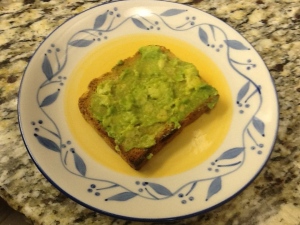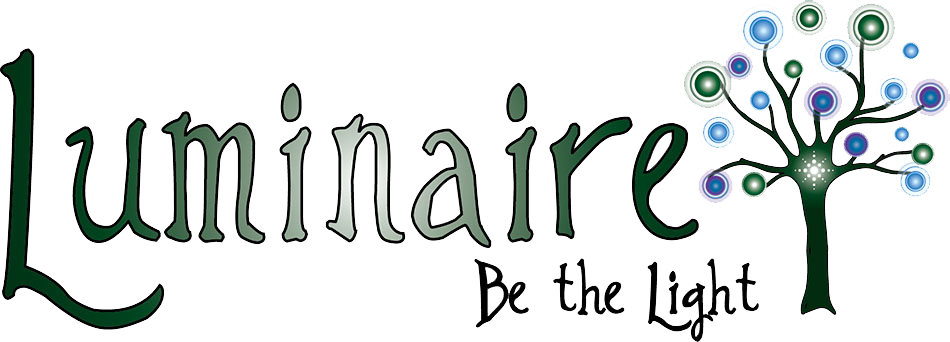 We’ve realized how the old food pyramid standing on a base of grains might be…not so healthy. If you’re confused about consuming carbohydrates, protein, and fats, read on.
We’ve realized how the old food pyramid standing on a base of grains might be…not so healthy. If you’re confused about consuming carbohydrates, protein, and fats, read on.
Our diets are loaded with carbohydrates and starches that break down into sugars–cereal, sodas, fruit, milk, grains, pasta, rice, potatoes, squash, even beans!
Insulin is a hormone that regulates this sugar intake and how nutrients are loaded into cells. Insulin levels are elevated by stress, dieting, caffeine, aspartame, tobacco, steroids, stimulants, lack of exercise, inappropriate thyroid therapy, and drugs.
We run into trouble when our bodies are overloaded with extra insulin. Your belly is the “insulin meter”–too much sugar and it has to go somewhere. Another sign is gas–if the digestive system cannot handle the carbohydrate load, the large intestine gets swamped.
Eventually consistently high insulin levels will contribute to Something–allergies, asthma, inflammation, osteo-x, cancer, heart disease, Type II diabetes.
How many of us are already insulin resistant? According to the NDIC, “In 2005–2008…35 percent of U.S. adults ages 20 years or older had pre-diabetes—50 percent of those ages 65 years or older. Applying this percentage to the entire U.S. population in 2010 yields an estimated 79 million Americans ages 20 years or older with pre-diabetes.” Yikes.
Fortunately, we can mitigate th is process. Eat Plenty of Healthy Protein and Fat to LOWER Your Insulin Levels.
is process. Eat Plenty of Healthy Protein and Fat to LOWER Your Insulin Levels.
The liver processes sugar into energy or stores it as glycogen. If glycogen stores are full (ie: too many carbs), insulin directs the liver to convert the sugar into cholesterol or fatty acids for storage (as in our FAT).
Protein will release excess glycogen (as in LESS FAT). Too little protein also means decreased muscle mass, meaning there are fewer cells to ACCEPT sugar, which would be converted to glycogen. In other words, protein is essential not only as a cellular building block, but to balance carbohydrate metabolism.
Healthy dietary fat lowers insulin levels and is essential for cell membranes, hormones, the immune system, and brain function. Signs of fat deficiency include brittle nails, constipation, carbohydrates/stimulant craving, dry hair or skin, insomnia, and mid-body fat gain! We become so concerned about high cholesterol and being fat that we may not consume enough good fat.
 This includes fatty fish, fresh nuts and seeds, avocados, and oil from olives and coconuts. I have learned to like sardines and use flax oil or avocados for a bread-spread—–>
This includes fatty fish, fresh nuts and seeds, avocados, and oil from olives and coconuts. I have learned to like sardines and use flax oil or avocados for a bread-spread—–>
Vegetarians–if you do not eat eggs, eat firm organic tofu with one of the following to obtain enough essential amino acids: amaranth, barley, corn, buckwheat, or Brazil nuts.
Bottom Line–as fitting your individual needs, consume enough protein, good fat, and carbohydrates to support your lifestyle, no more. Eat these three nutrient groups together. Consuming more than we need results in health risks not worth the temporary sugar high.
Sources
“Metabolic Syndrome Overview.” Mayo Foundation for Medical Education and Research (MFMER). 1998 – 2006.
National Diabetes Information Clearinghouse (NDIC), A service of the National Institute of Diabetes and Digestive and Kidney Diseases (NIDDK), National Institutes of Health (NIH). http://diabetes.niddk.nih.gov/dm/pubs/statistics/#fast
Sapolsky, Robert. Why Zebras Don’t Get Ulcers. 3rd ed. St. Martin’s Griffin. 2004.
Schwarzbein, Diana. The Schwarzbein Principle. Health Communications, Inc. www.hcibooks.com. 1999.
